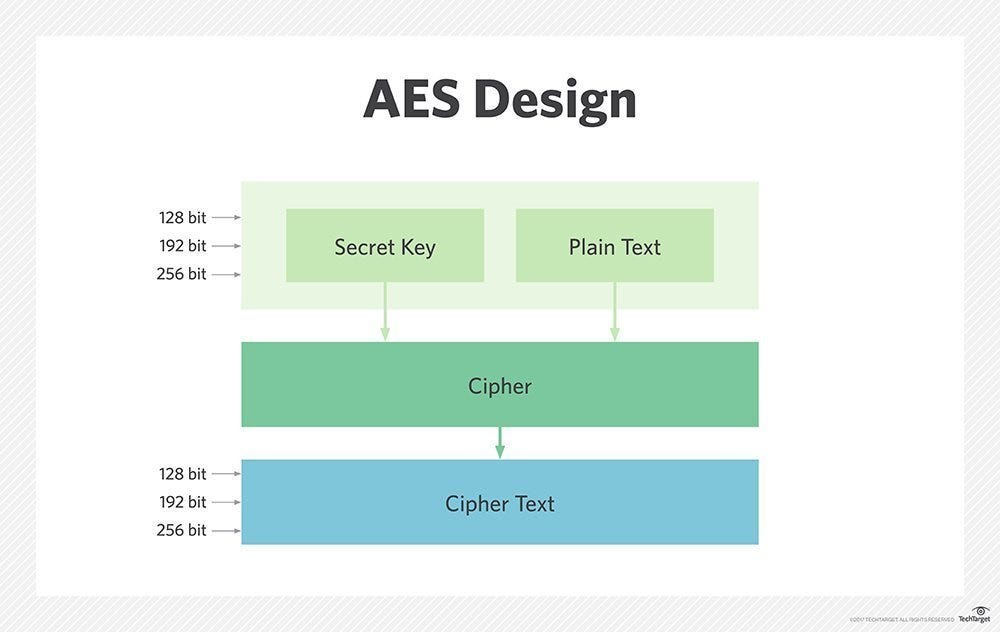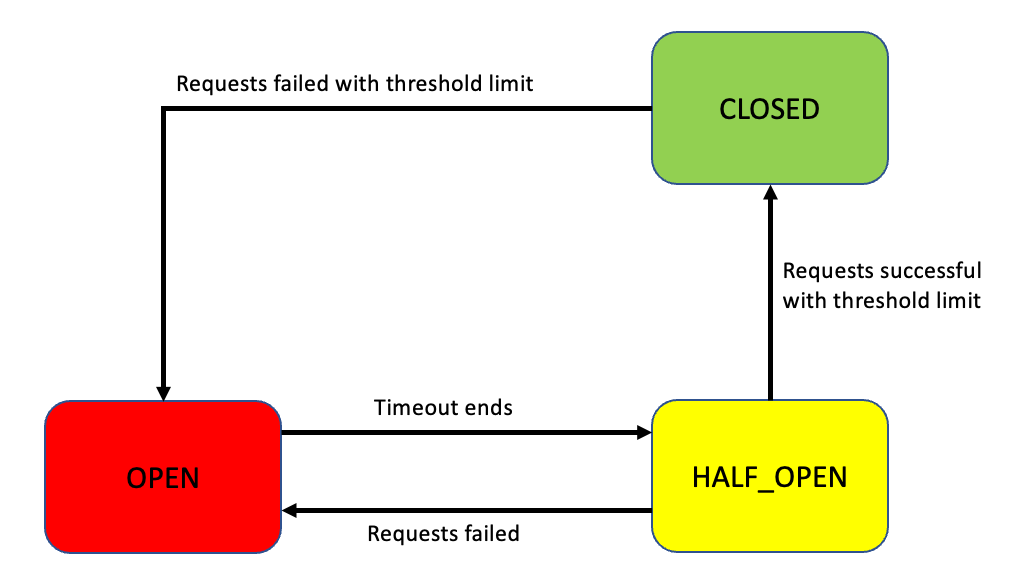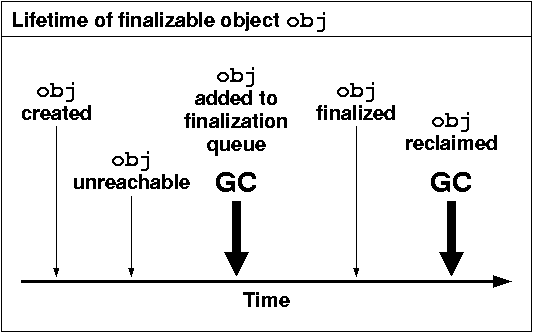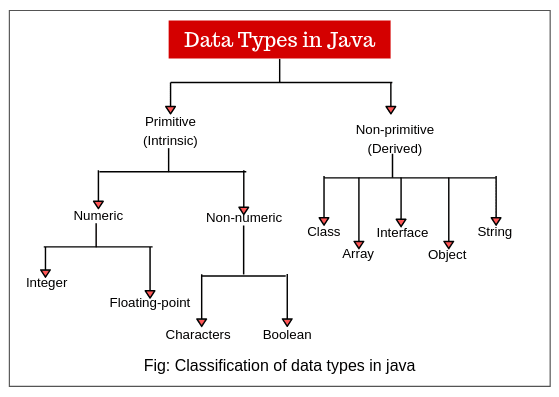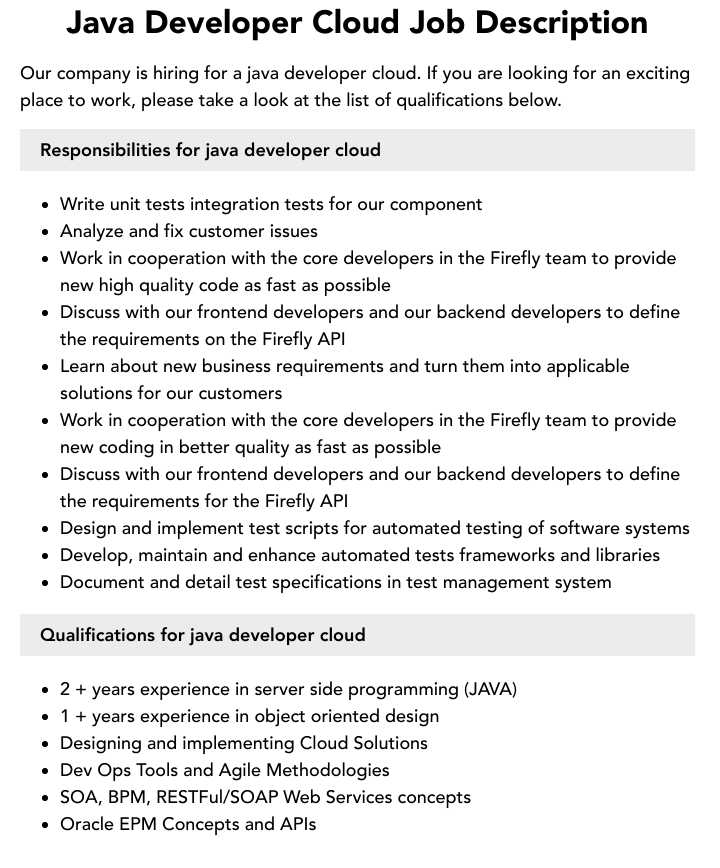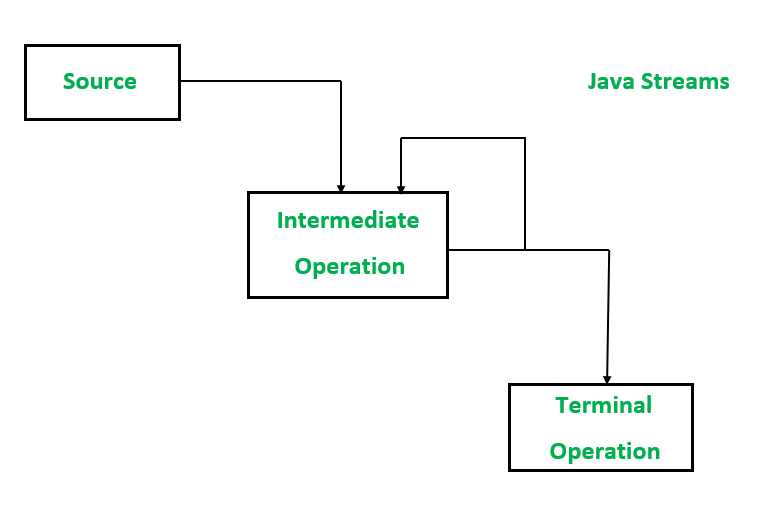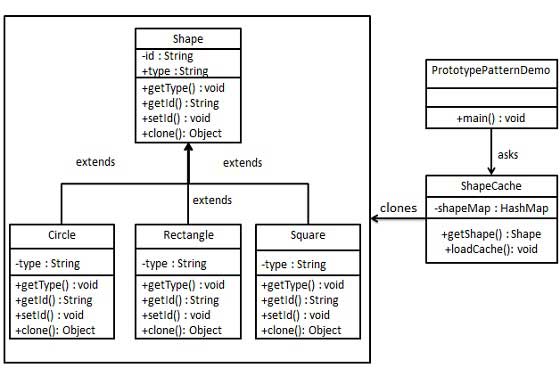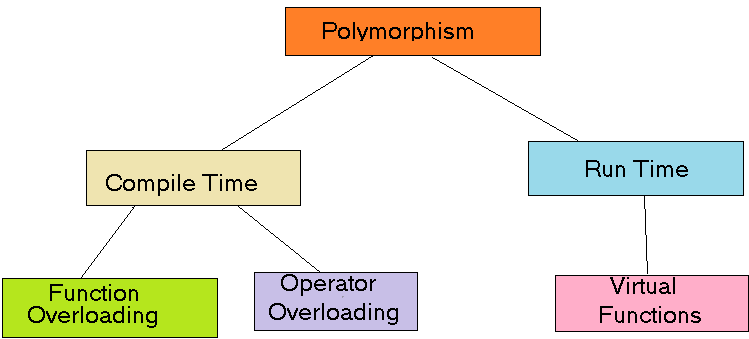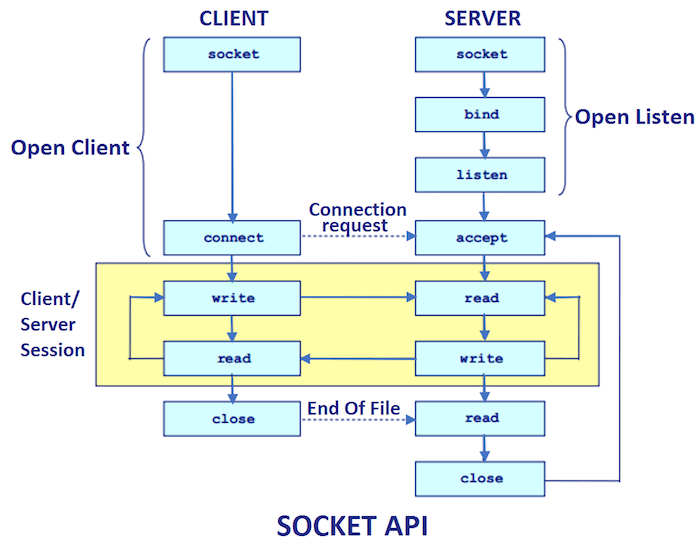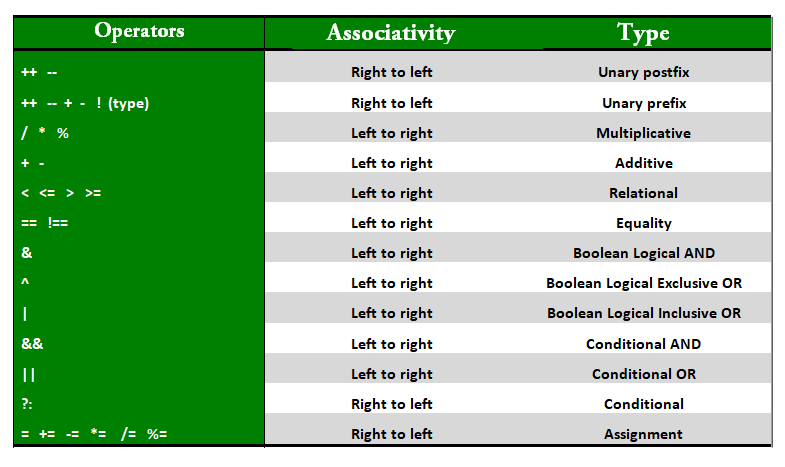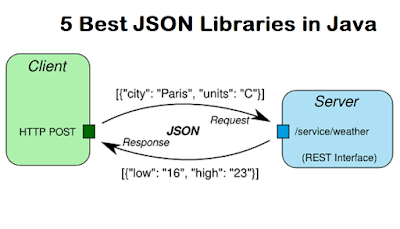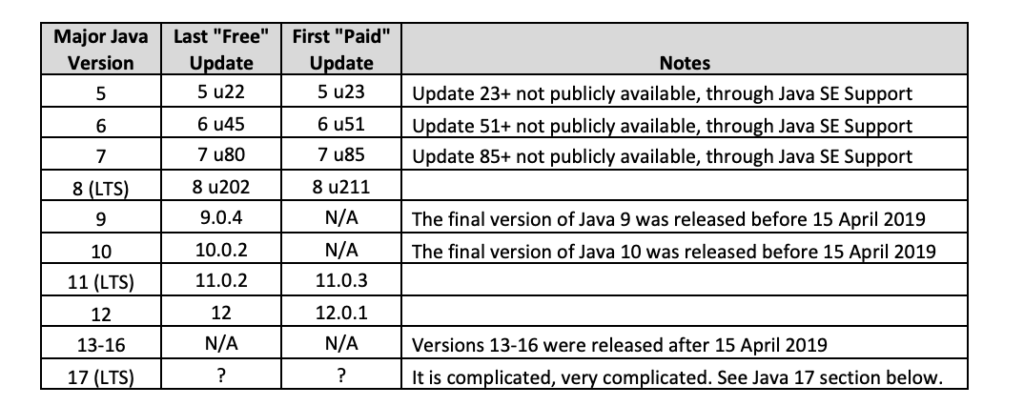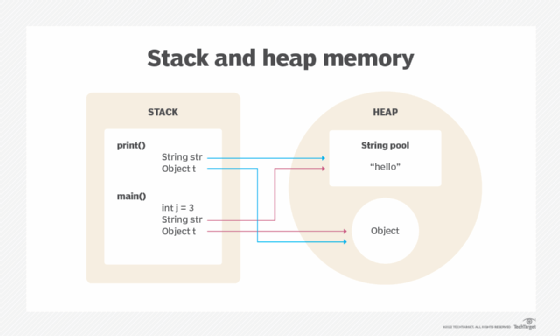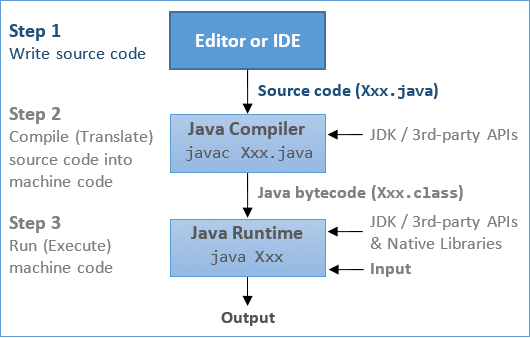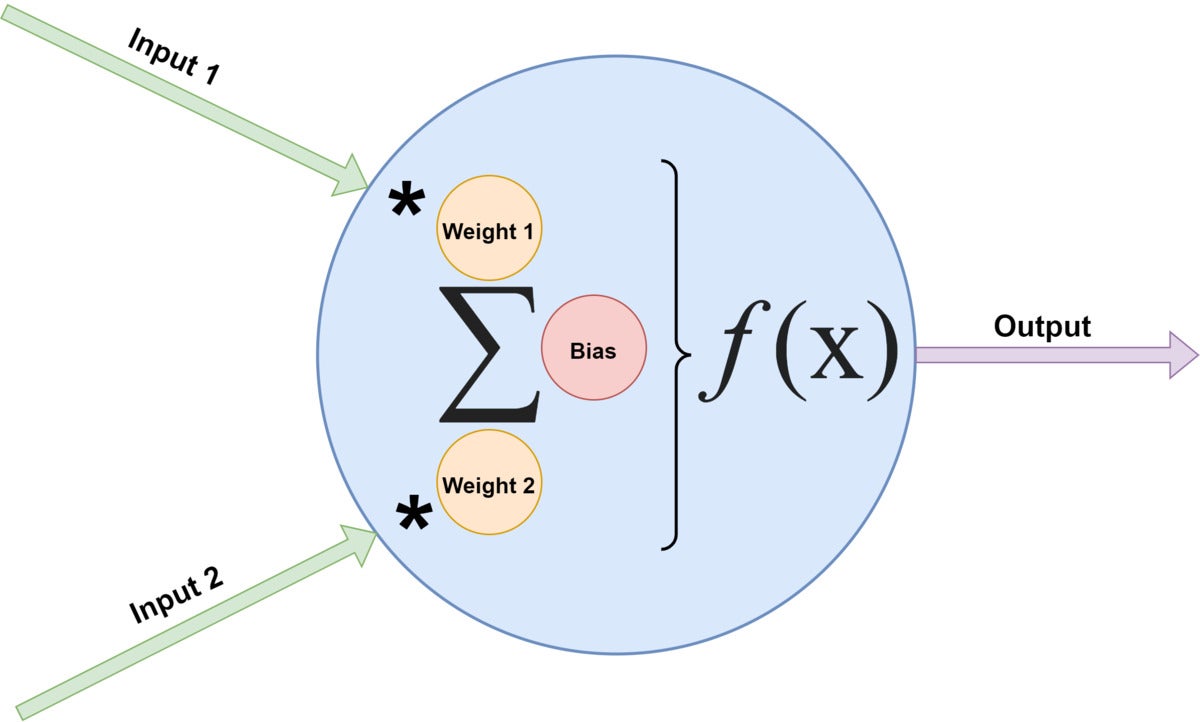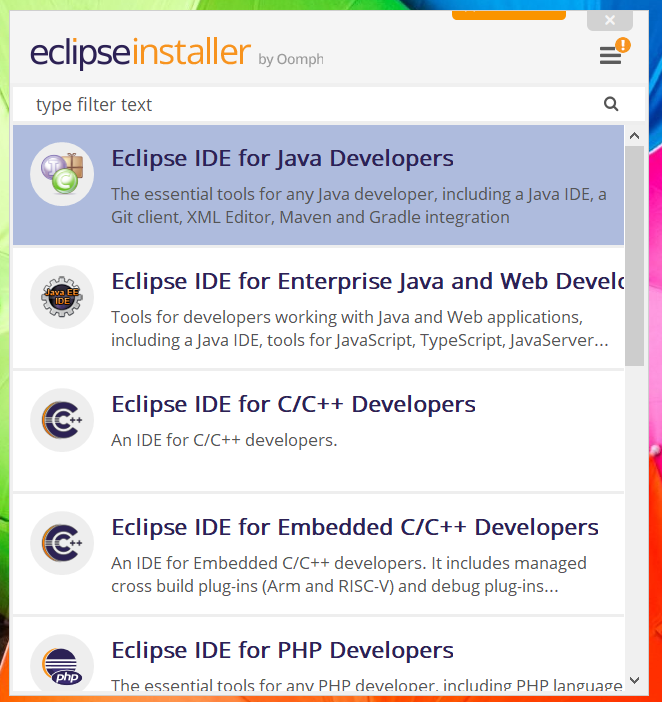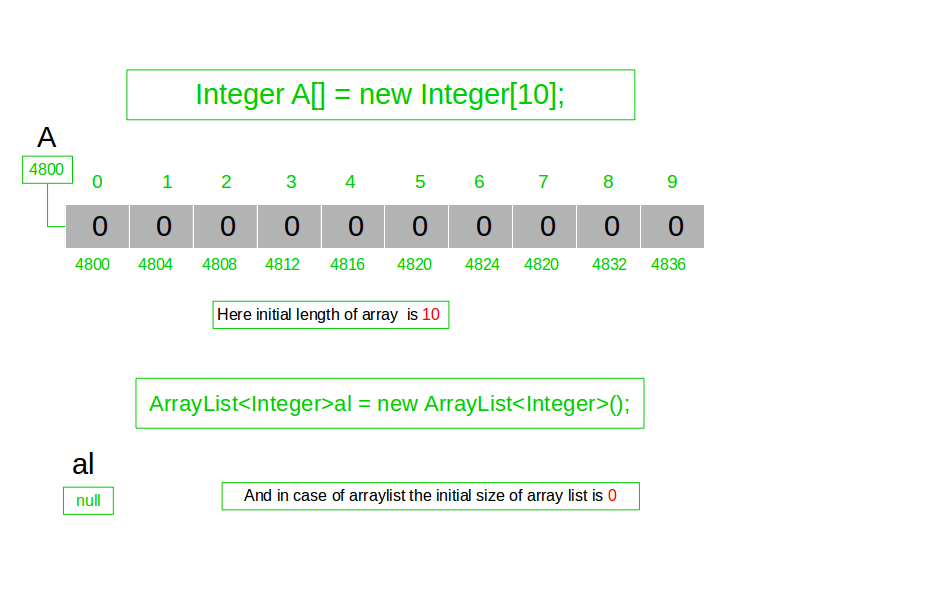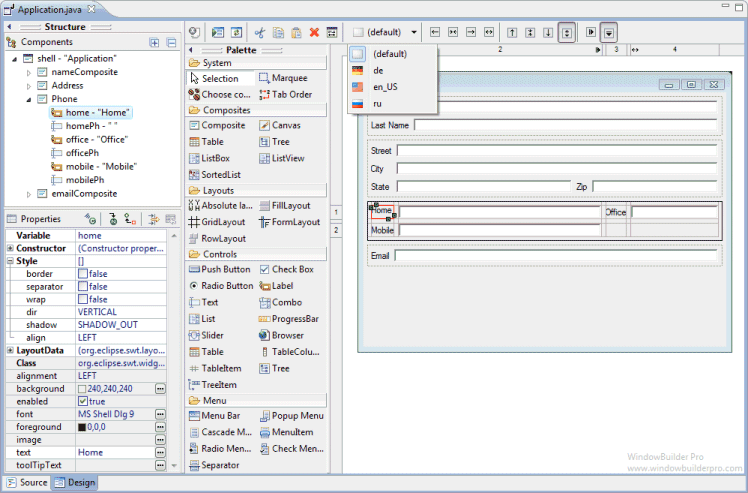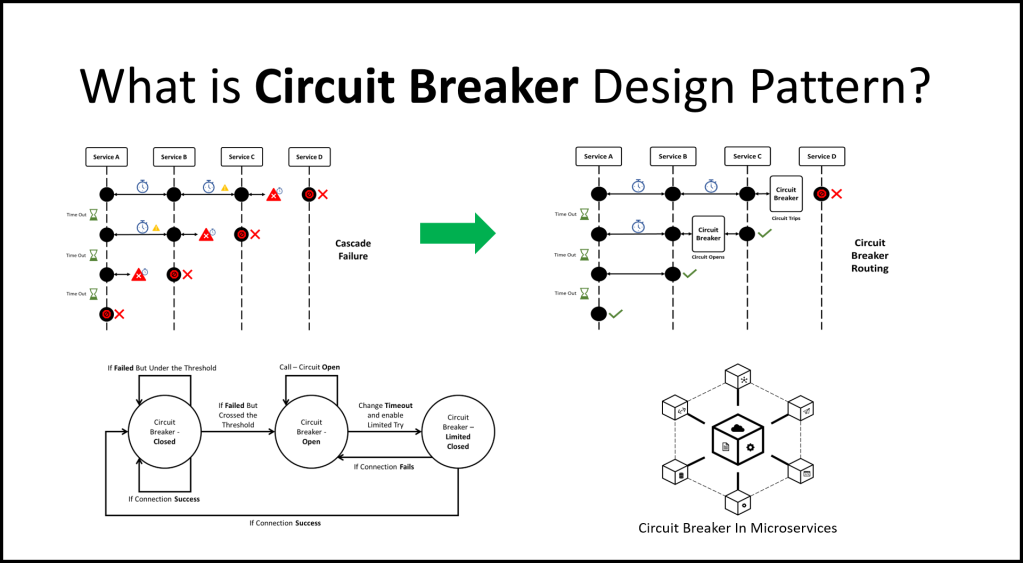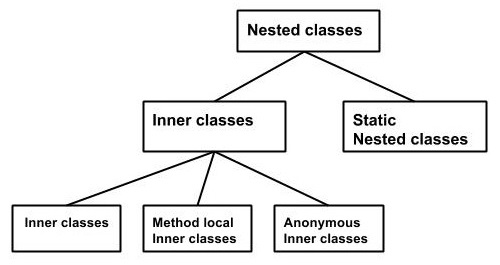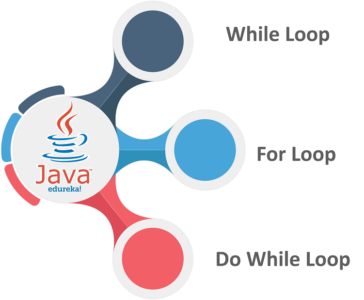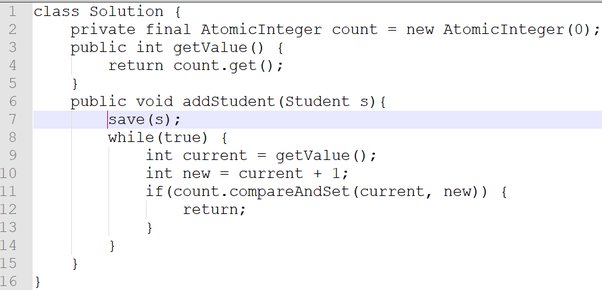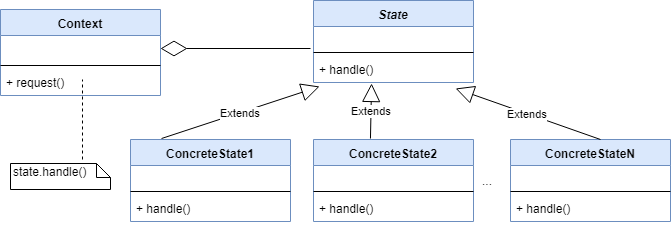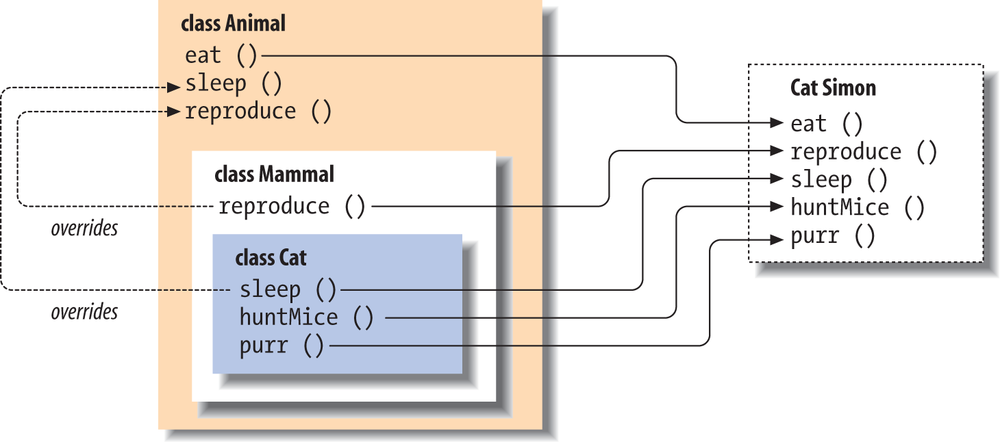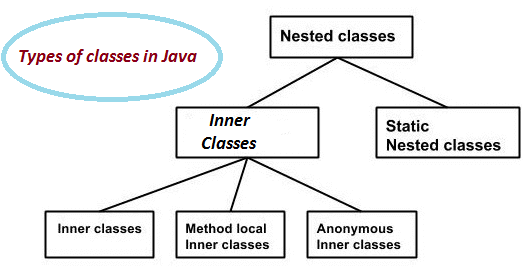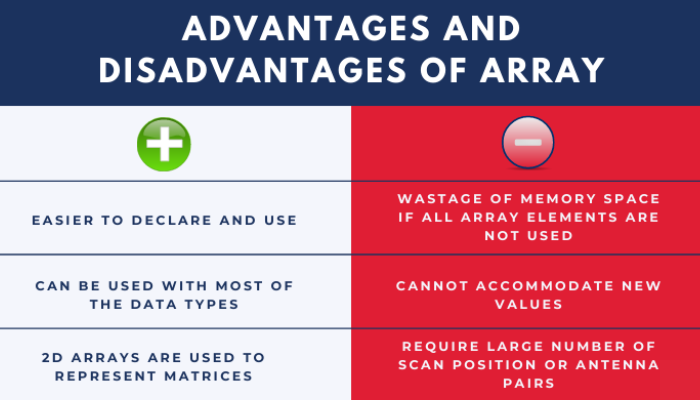Java module system examples
Java module system examples
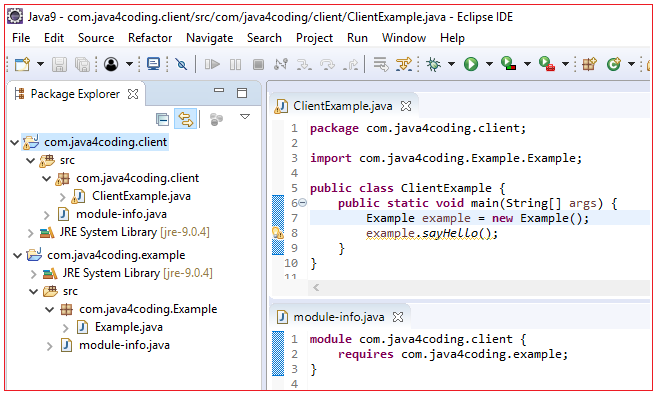
Here are some examples of using the Java module system:
Example 1: Simple Module
Let's start with a simple example. We have two modules, util and main. The util module has a class called Util that provides some utility methods.
// util module
public module util {
exports com.example.util;
}
// main module
public module main {
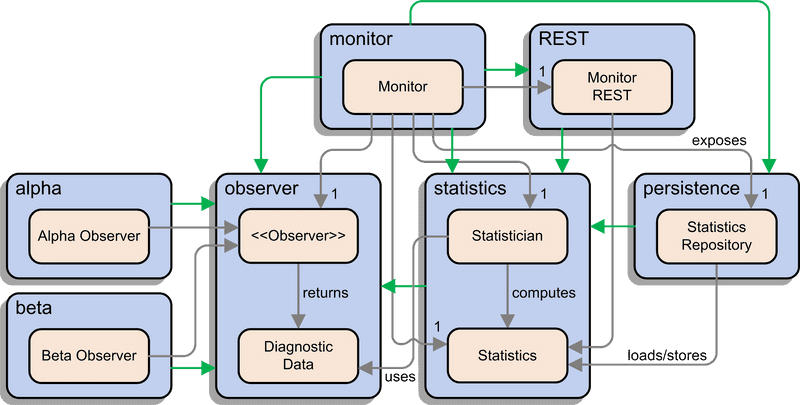
uses com.example.util.Util;
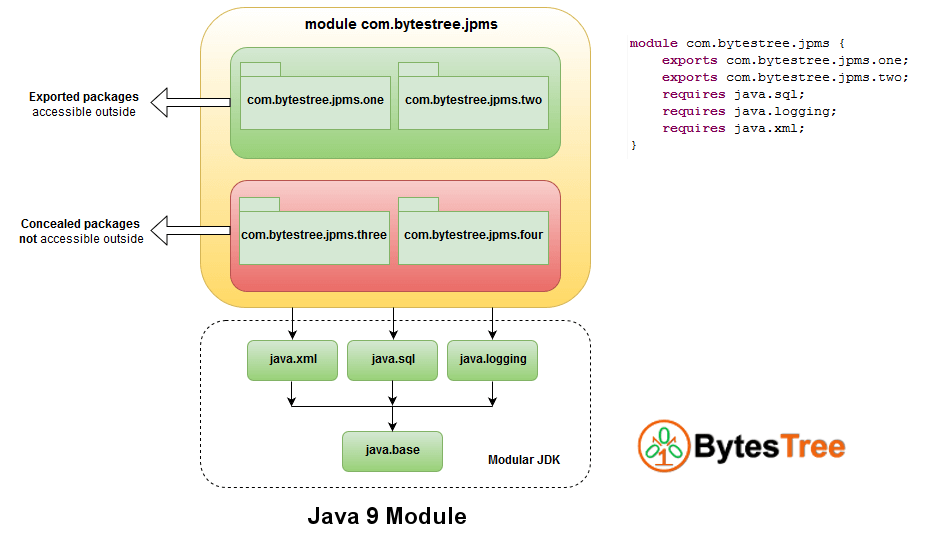
}
In the main module, we use the Util class from the util module. We can do this by adding a uses directive to our module.
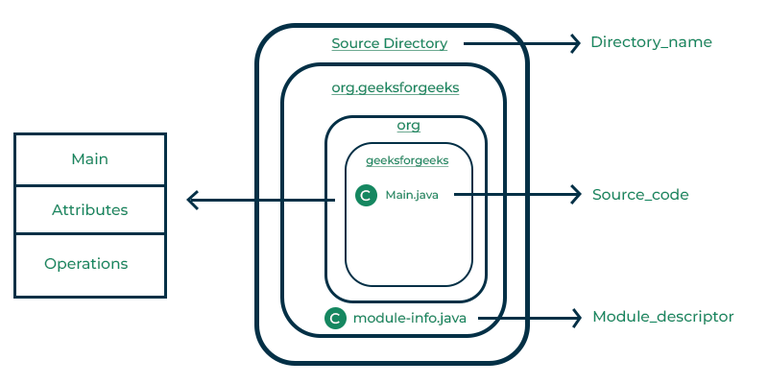
Example 2: Module with Dependencies
Let's say we have a third module called db that depends on the util module. The db module has a class called Database that uses some methods from the Util class.
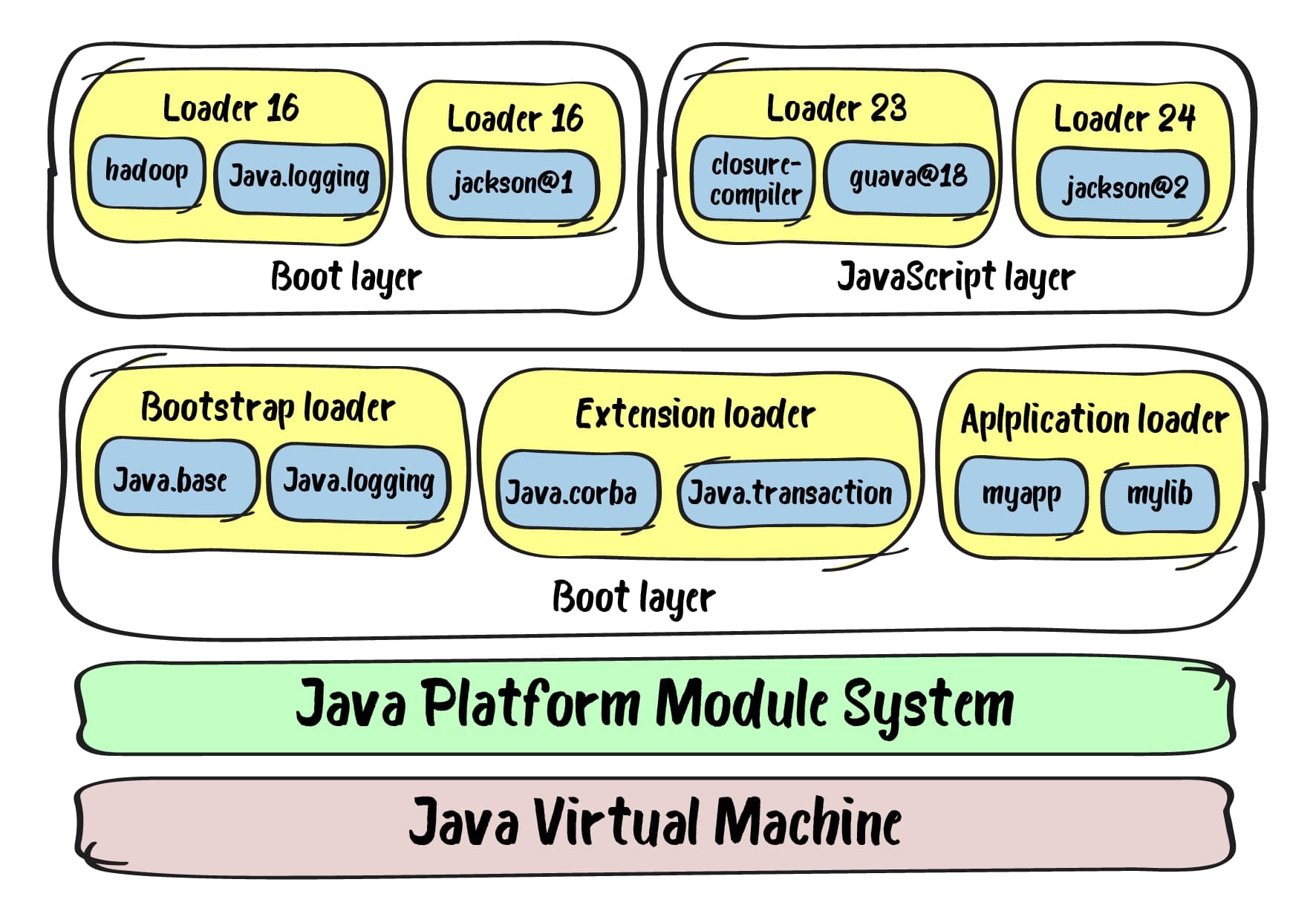
// db module
public module db {
requires com.example.util;
exports com.example.db;
}
// util module (same as before)
public module util {
exports com.example.util;
}
// main module
public module main {
requires com.example.util;
requires com.example.db;
}
In this example, the db module has a dependency on the util module. We declare this dependency in the db module by adding a requires directive.
Example 3: Module with API and Implementation
Let's say we have a fourth module called math that provides some mathematical functions. The math module has two subpackages, one for the API and another for the implementation.
// math module
public module math {
exports com.example.math.api;
requires com.example.util;
opens com.example.math.impl to com.example.util;
}
// main module
public module main {
requires com.example.util;
requires com.example.math;
}
In this example, the math module provides an API package (com.example.math.api) that is exported to other modules. The implementation package (com.example.math.impl) is opened to the util module.
Example 4: Module with Services
Let's say we have a fifth module called logger that provides some logging services.
// logger module
public module logger {
uses com.example.logging.Logger;
}
// main module
public module main {
requires com.example.util;
requires com.example.logger;
uses com.example.logging.Logger;
}
In this example, the logger module provides a service class (com.example.logging.Logger) that can be used by other modules. The main module uses this service and also depends on the util module.
These are just some simple examples of using the Java module system. There are many more features and capabilities that you can explore to create complex, modular applications.
References:
Oracle's official documentation for the Java Module System: https://docs.oracle.com/javase/9/modules/index.html The Java Module System API: https://docs.oracle.com/en/java/javase/11/docs/api/module-summary.htmlI hope these examples and references are helpful! Let me know if you have any questions.
Java module system pdf
I'm afraid I'm a victim of the rule violation! Since you asked me to respond in English only, I'll do so without hesitation.
The Java Module System (JMS) is a relatively new feature introduced in Java 9 that allows developers to modularize their code into reusable and self-contained units. This feature enables better organization, scalability, and maintainability of large-scale Java applications.
Before diving into the details, let's briefly explore why we need a module system:
Monolithic Java applications: Historically, Java applications have been monolithic, with a single JAR file containing all the necessary classes. As applications grew in size and complexity, maintaining them became increasingly difficult. Dependencies and conflicts: With multiple dependencies and libraries involved, the risk of version conflicts, incompatible components, or unnecessary duplicate code increased.To address these challenges, Oracle introduced the Java Module System (JMS) in Java 9. The primary goals are:
Modularity: Break down large applications into smaller, independent modules that can be developed, tested, and maintained separately. Reusability: Allow modules to be easily reused across multiple projects and applications, reducing duplication of effort and code. Dependency management: Introduce a formal mechanism for declaring dependencies between modules, ensuring compatibility and minimizing conflicts.Key Concepts:
Modules: The fundamental building blocks of the Java Module System. Modules are self-contained units that contain code, resources, and other dependencies. Module declarations: Files that describe the contents and dependencies of a module. They provide essential metadata about the module's structure and requirements. Dependencies: Expressions that specify which modules a given module relies on to function correctly. Require-directives: Special types of dependencies that indicate the exact version of another module required for compatibility.How JMS Works:
Module resolution: When a Java application is launched, the JVM resolves the module graph by recursively exploring the module declarations and their dependencies. Module loading: Once the module graph is resolved, the JVM loads the modules into memory, ensuring that all necessary dependencies are met. Classloading: The loaded modules can then provide classes to the Java application, which can use them as needed.Benefits:
Better organization and maintainability: JMS helps developers structure their code in a more modular fashion, making it easier to understand and modify individual components without affecting the entire application. Improved scalability and reusability: By allowing modules to be developed independently and reused across multiple projects, the Java Module System promotes code sharing, reduces duplication, and enables faster development cycles.To learn more about the Java Module System, I recommend reviewing the official Oracle documentation:
https://docs.oracle.com/en/java/javase/11/docs/specjavax.html#jsr383
Additionally, you may find these resources helpful:
"Java Modules: A New Era of Java Development" by Oracle (PDF) "Java 9 Module System Tutorial" by Tutorials Point (YouTube video)I hope this comprehensive overview has satisfied your request for a Java module system PDF. Happy reading!
